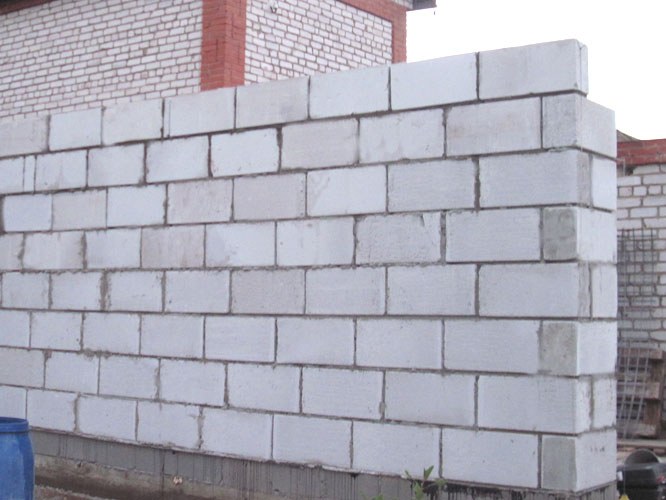You will need
- - spatula
- - primer of deep penetration
- - plaster
- - foam
Instruction
1
The foam block is a lightweight porous building stone, often used for walls and partitions. It has many advantages, but there are drawbacks – unpresentable appearance, shrinkage and high hygroscopicity. House of foam blocks, deprived of a decent finish, dull and faceless. The surface of such walls requires high quality sealing cracks and plastering.
2
Putty foam blocks has its own characteristics. The specificity of it is that required to overcome the barrier of tiny air bubbles that filled the porous structure of the stone. For this reason, the force of adhesion between the plaster composition and foam block not sufficient for the stability of the finishing layer. So the first thing to do is to Prime the wall. For this purpose it is recommended to use primer composition of deep penetration and apply it in 2-3 layers. This will allow you to align the surface of the blocks, closing the majority of small pores.
3
Even more effective method to improve adhesion of foam to the putty composition is coated on top of special reinforcing mesh. Its acquisition will slightly increase the budget, but will significantly affect the durability of the finish. In order to save can be fastened to the mesh only in the most complex areas of the walls, where there are problem areas: door and window openings, corners, defects of construction stones (chips, cracks, potholes).
4
During application of the primer paying special attention to the seams between the foam blocks. If the surface of the wall need not be plastered and putty, you can treat only those in this place. As a putty composition, it is possible to use a cement-sand mortar prepared in proportion 1:3, or a ready-made mixes designed for application on materials with a wire mesh surface. These products have a high coefficient of adhesion, elastic and permeable.
5
As a rule, the mixture for porous materials are made on a plaster base. This substance is hygroscopic, so for filling of external walls will fit in the case if in the future will be produced finish: plastering, installation of hydro and vapor barrier, siding or other protective panels.
6
The puttying of the seams, potholes, and cracks are produced with a rubber or metal spatula. During operation, note that any squad that fill the gap, after drying, has the ability to get involved in it. Therefore, even small cracks putty two times. If necessary after curing of the mixture the surface of the block is polished with sandpaper medium grain.
